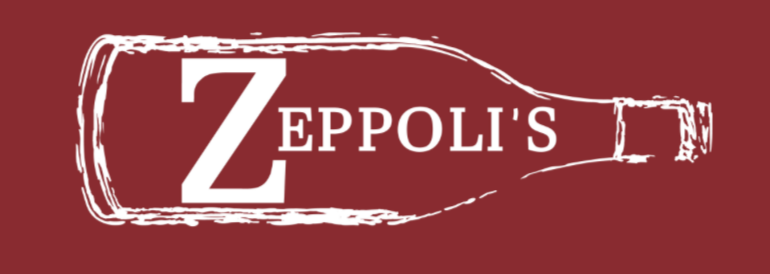The History of Charcuterie
Did you know you’ve been misinterpreting the word Charcuterie? Charcuterie is a French word meaning cooked flesh. It would be used to describe French shops selling pork products. Traditional Charcuterie was meat focused because people wanted to preserve every part of the animal. It evolved from the desire to not let any portion of the meat go to waste by processing the typically unused part of the animal and increasing its shelf life. This allowed the butchers to practice the art of Charcuterie. They would focus on meat and then add some complimentary cheeses.
With the popularization of Charcuterie boards through social media today, we see all different types of Charcuterie interpretation. Some of which lack the meaning of meat entirely. Dessert boards like smores, fondue, or candy include chocolate as the focal point. The closest we’ll see to a traditional board nowadays would include crackers, cheese, fruits, jams, spreads and other snacks. Keeping the focus of meat but adding more foods that compliment the meat. This would make the boards more cost-effective. Additionally it adds food groups such as fats, carbs and fiber to the protein focused board.
Charcuterie boards today aren't complete without wine. The most common wine paired with a Charcuterie board is Pinot Noir due to its light-to-medium weight, it's the most versatile. If you have more smoky meats, try pairing with rustic reds such as Cabernet Sauvignon or Zinfandel. On the flip side, lighter hams need a sweet and salty balance so try a Riesling or Moscato.
We hope you have a better understanding of the word Charcuterie and where the idea comes from. You can make a charcuterie board to fit almost any occasion. Or order them at restaurants. We offer Charcuterie boards with Italian meats, cheeses, olives and fruits. Order a board to share or just a cheese plate. Pair with wine and friends for a good time! Zeppoli’s offers togo boards too, order at https://www.zeppolis.com/charc-boards-1
Bye for now!
Zeppoli’s Marketing Team


